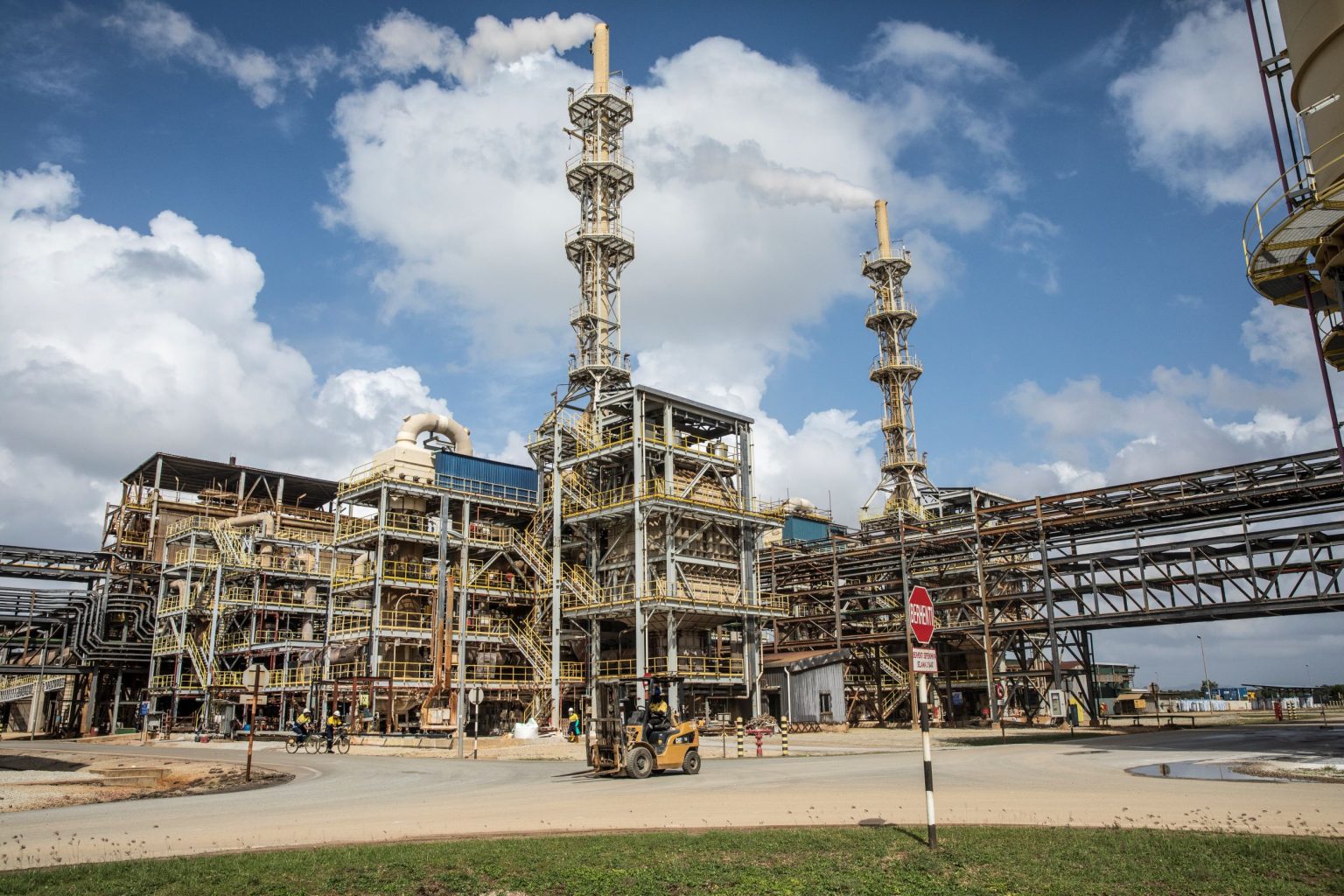While the REE market has come down to earth, no-one is rushing for exits
After sitting idly by and watching China monopolize the industry – the country is responsible for upwards of 95% of global supply – a rush to bring rare earth mine to production is on: There are now 251 rare earth projects being undertaken by 165 different companies in 24 countries.
While prices have been rising rapidly, rare earth production is an expensive and complex undertaking. Very few projects can be developed for under $1bn and as the rest of the world shuttered rare earth mines metallurgical skills languished along with it. Small and mid-size projects in remote locations may find financing difficult and speed to market in the REE world is critical for success.
Adding to the complexity and uncertainty of any REE undertaking is gauging the direction of prices: Consultants Ernst & Young predict an overall shortage to last until 2014 and prices to rise 60% while investment bankers Goldman Sachs believe a supply glut would arise as soon as 2013.
By that time the two megamines outside China – Molycorp’s Mountain Pass and Lynas in Australia – could account for as much as 40% of global supply. The REE market has already come back to earth this week after Molycorp’s results – the stock is down 20% from recent highs — left some disappointed. Investors in the second tier players like Neo Material Technologies and juniors such as Rare Element Resources, and Avalon Rare Metals are also nursing double digit losses in recent weeks.
Still, new properties sitting on the right kind of REE and which are able to come to market speedily should still do well. Some REEs – particularly the four heavy rare earths dysprosium, europium, terbium and yttrium and the light neodymium — are in high demand and prices are skyrocketing. Little over six years ago you could not give away neodymium oxide used in magnets, alloys and ceramics; now prices are approaching $250,000 a tonne. It’s the same story for the other heavies. In contrast by 2020 some 20,000 tonnes of lanthanum (used in camera lenses among others) and cerium (a catalyst in oil refineries) a year would be destined for stockpiles says E&Y.¬ And that is despite the fact that in 2010 La and Ce represented two thirds of global demand.
Other factors that could impact future prices are new technologies that either minimize the need for rare earths (E&Y mentions GE’s work on nanotechnology for magnets) or bypass the elements completely (General Motor’s new eAssist hybrid engine) and recycling.
That said, China’s export quotas, its new emphasis on safety and the environment, and the curbing of illegal mining and smuggling should underpin prices in the long run. And perhaps the number one reason explorers, investors and miners, at least in North America, remain sanguine about the prospects for rare earth is that the US government and its military establishment see the resource as vital to its national defense and economic security.
{{ commodity.name }}
{{ post.title }}
{{ post.date }}


Comments